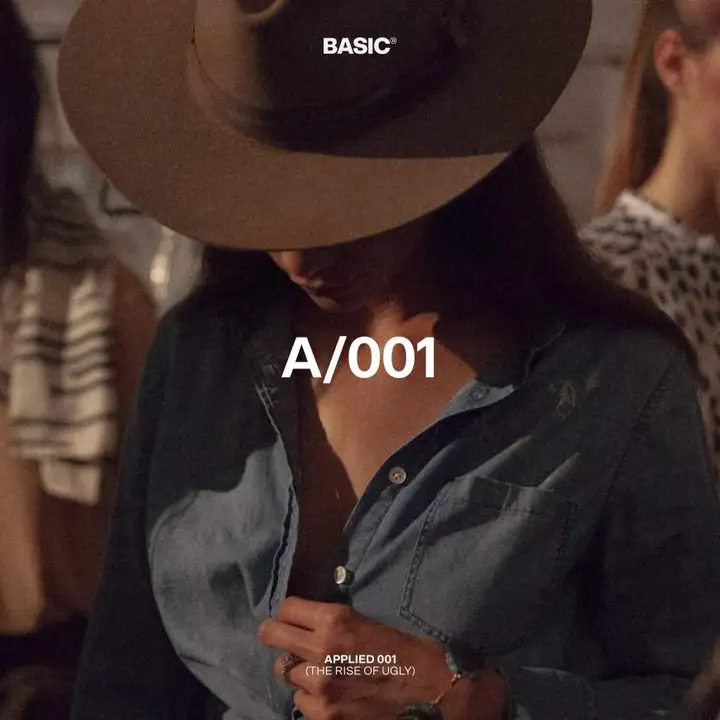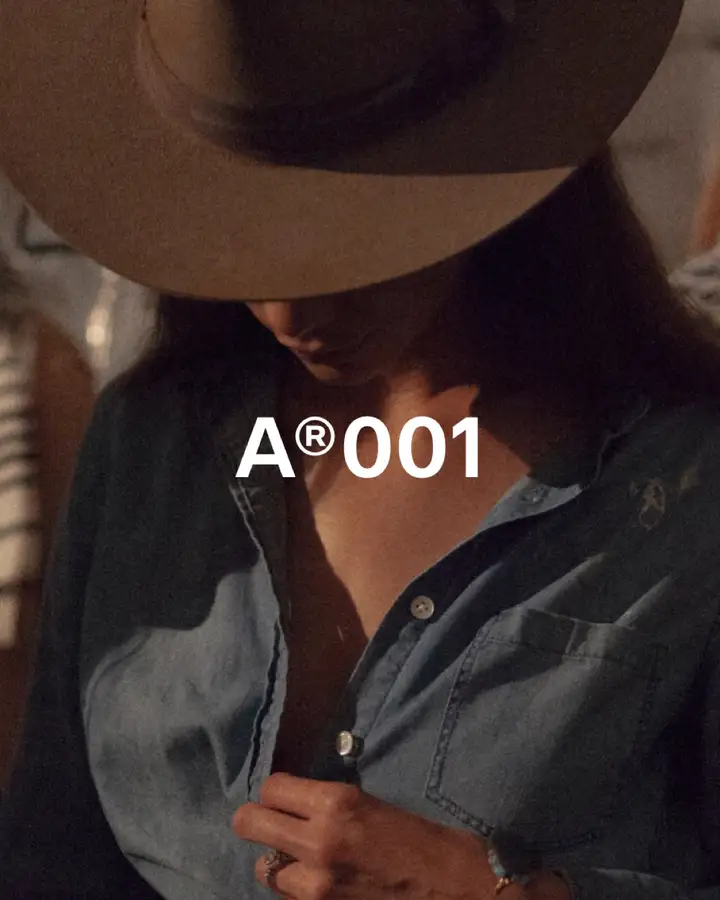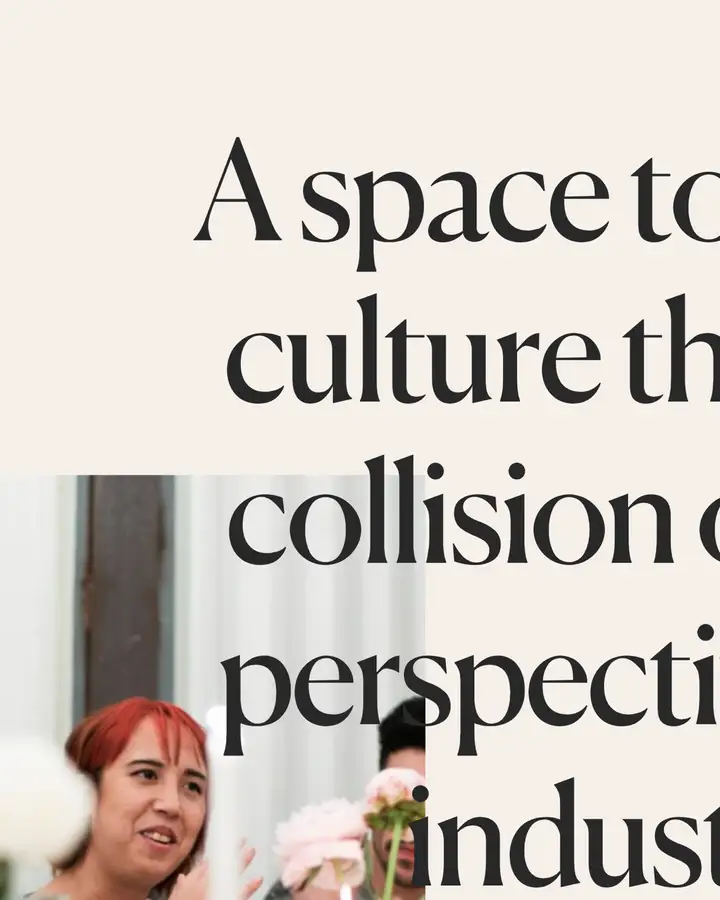TheRiseofUgly●

What luxury fashion has lost in polish, it's made up for in adoration.
Luxury has changed. Young people aren’t just consumers anymore. They’re individuals that crave real experiences. Thus, the rise of streetwear and decline of sophistication in the luxury industry.
A DEMAND FOR AUTHENTICITY
Today’s youth culture harkens back to a simpler time, from lo-fi music to vinyl records and film photography. Perfection is now second to vulnerability across all industries, luxury included.
In 2017, Louis Vuitton teamed up with the streetwear titan Supreme on a collaborative collection. Mere months later, streetwear designer Virgil Abloh was named the artistic director of Louis Vuitton. Amid this intermingling of two disparate worlds, streetwear added an element of rawness and modesty to haute fashion, and luxury elevated streetwear beyond what was previously possible.
For the first time in the luxury industry, young people seemed to value realness over purity.
The younger generation are looking for something that stands out and makes them special rather than necessarily an amazing finish that you would find with some traditional brands.
Demna Gvasalia
Creative director at Balenciaga
REDEFINING LUXURY
Luxury used to sell a look. One that was based on jet-setting around the world, getting into the most exclusive clubs, and flaunting expensive price tags. Now, luxury means meeting interesting people, living a textured life, and contributing to culture. In 2013, Anna Wintour took over creative direction of Vogue and Conde Nast. For the first time in its 100-year history, celebrities and athletes dominated the covers of Vogue. This move proved luxury had taken note of the now 200 billion-strong millennial generation.
At SXSW 2019, A$AP Rocky put it best: “Luxury, it changes. Beauty is in the eye of the beholder. It’s all about taste value.” Young consumers can still feel luxurious in jeans and sneakers as long as they exude confidence and influence.
YOUTHFUL. SUPPORTIVE. ADAPTIVE.
So, with these shifts in luxury, how can brands engage millennials and Gen Z in an authentic way?
Build desire
Digital today requires a brick-and-mortar, runway mindset. By building digital toolsets that capitalize on moments of imperfection and impulse, brands can create immersive and unique storytelling experiences that go beyond what is expected.
Capture attention
Design has taken a pivot toward brutalism, focusing on function over aesthetic. But brutalism can also make for the most memorable websites. A brutalist digital experience uses bold typography and unconventional navigation to draw attention and drive conversions, as seen in this portfolio and this publication.
Keep it simple
Like Virgil’s minimalist Off-White designs, digital and retail experiences have become much less complicated. Flat design is the new standard, and sans-serif typefaces have taken over luxury fashion and penetrated design, as a whole. The simpler, the more intuitive.
LOOKING FORWARD
Luxury isn’t dead, just different. Young consumers are on the hunt for luxury experiences that transcend pristine. They aspire for genuineness, legitimacy, and influence. They know what they want and will not compromise for anything less.
At BASIC®, we understand cultural nuances like these and weave them into our digital storytelling. From the brutalist style of our MOVES site to the analog feel of our Crafted sub-brand, we implement aspects of the modern luxury experience in our online ecosystem.
Alongside A$AP Rocky on the SXSW panel was Gorden Wagener, Chief Design Officer of Daimler MG, who said, “We need to discuss how culture affects—like hip-hop or the kids on the street or whatever—they will have an impact on taste and an impact on luxury.”
The fashion industry dictates not only current style but also the speed at which brands need to innovate. It’s time to pay attention.






